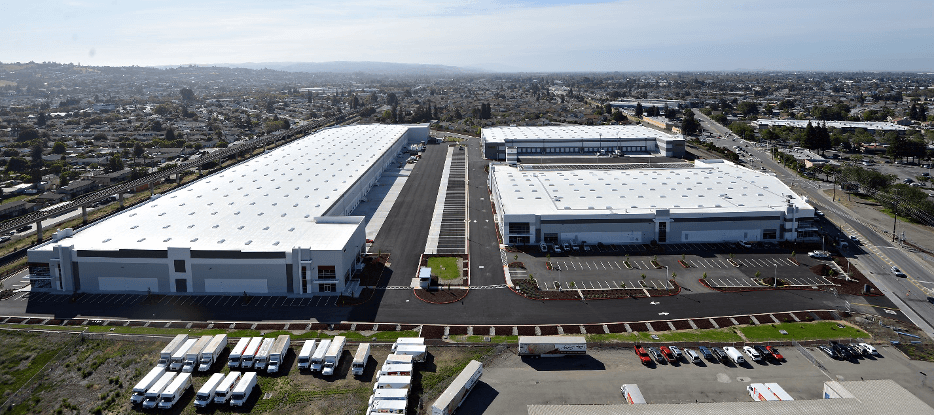
Real estate investment firm replaces Measurabl with Enertiv to get accurate utility & emissions data











Not all utility and emissions data is collected, managed and delivered equally. This real estate private equity firm faced unresolved data gaps, missing bills, and missing utility accounts, forcing busy property managers to do manual updates.
Additionally, they did not feel secure with the customer service of the previous provider. They had no point of contact and often waited weeks for responses, only to receive generic replies that didn't fix problems.
They had to remove the provider's access with Energy Star to prevent manually corrected data from being overwritten again with incorrect data.
They turned to Enertiv to fix it. Our team worked to map all the gaps accumulated in the previous system for years. Then, our team focused on correcting the errors and ensuring they would not recur.
In 4 months, Enertiv’s software solution replaced Measurabl across 67 properties, covering 217 utility accounts pushed into Energy Star, delivering accurate utility data for water, electricity, gas and waste that underpins their energy management and sustainability efforts.
Before Enertiv: The Challenges
When Enertiv stepped in, we dug deep and mapped years of data errors that had gone unnoticed: missing accounts, data gaps, duplicates, and more. Without access to utility bills, they couldn’t verify the data. Here are the specific problems we uncovered:
- Repushing of Data: Corrected entries were often overwritten, causing deleted or amended meter data to reappear incorrectly.
- Missing and Incorrect Data: Electricity data was frequently missing, and incorrect total costs were reported by combining water and electricity data. Bills that needed to be split between properties were only split by cost, leading to over-reporting.
- Data Gaps and Unresearched Issues: Gaps and missing data weren't investigated, compromising the reliability of reports.
- Cycle Mismatches: Consumption data was mismatched to billing cycles, with current cycle consumption noted on the previous cycle, leaving the current cycle blank.
- Accounts on the Wrong Property: Accounts were assigned to the wrong properties and incorrect units of measure.
- Estimated vs. Actual Bills: When utility providers estimated bills and later issued corrected ones, both bills were being pushed into the system without fixing or deleting the estimated bill, causing data inconsistencies.
This flawed data was rolled up to executive-level dashboards for scope 1 and 2 emissions and climate risk reporting. But with so many errors, how could they trust these reports?
From data dumps to white glove service
Large companies scaling their operations require a high standard for data accuracy and proactive quality checks.
This is where Enertiv stands out.
To solve this firm's problem, we implemented an automated solution to collect data for electricity, water, gas and waste. All collected information goes through our meticulous quality assurance process and human-in-the-loop validation, continuously monitoring data and immediately generating alerts when synchronization errors or missing bills are identified. Some errors are automatically resolved by our system and reviewed by our team, avoiding client involvement.
Clients can directly access, verify, and download their utility bills on our platform, with detailed bill history and breakdowns for electricity, water, gas and waste.
.webp)
Step-by-step implementation process
Here’s how we transitioned 67 properties in 4 months:
1. Preparation Phase
We started by gathering all the utility billing account logins and created a list to identify what was missing. Then, we cross-referenced the old data with the new accesses to identify synchronization problems and gaps.
2. Cross-comparison and Onboarding
After comparing the logins, we onboarded the new accounts. We followed our regular onboarding process, including data quality assurance (QA) and connecting the systems.
3. Handling Remaining Accounts
Some accounts had significant information gaps. These accounts required meticulous handling, reaching out directly to properties to access accounts, adjusting billing cycles and charges, and then integrating them into the platform.
4. Monitoring and Error Handling
To maintain data integrity, we set up automated alerts for accounts that hadn’t been updated for over 45 days. When an account went down, we manually checked and emailed the properties to resolve the issues.
5. Utility Bill Processing and QA
We verified that the utility bill data was correct and matched our utility bill object in the system. To ensure accuracy, we performed QA on several months of past bills.
6. API Integration with Energy Star
We created an API link between our system and Energy Star for each account and meter. After an initial mass push of data, we verified that everything matched up correctly.
7. Ongoing Monitoring and QA
The system was set up to automatically push new utility bill data to Energy Star every month. We reviewed the data monthly to catch and address any flags or errors.
8. Proactive Alerts
We implemented additional flags to monitor changes in cost, consumption, billing cycles, and anomalies. Continuous monitoring allowed us to fix any issues flagged by the system promptly.
This step-by-step approach allowed us to smoothly transition to Enertiv, ensuring data integrity and compliance with Energy Star requirements.
Takeaway
Sticking with the "safe" choice can result in underperforming technology, wasted time and higher costs.
True reliability in utility and emissions data isn’t found merely by selecting the most widely-known provider; it comes from partnering with a company genuinely committed to data accuracy, transparency, and proactive support.
We offer a high-quality, white-glove service for companies that can't afford to make mistakes and waste time double-checking everything continuously.
If you need more than a data intermediary but a team obsessed with getting you 100% accurate data the first time, every time, then you may need a fully managed solution like Enertiv.
What an insight looks like for the tenant:


Even under triple net leases—where operational costs are outside the landlord’s direct control—this landlord was able to create tangible, strategic impact with Enertiv. By offering a differentiated experience to tenants, they strengthened relationships and increased retention. Additionally, the initiative positioned the landlord to meet portfolio decarbonization goals.





